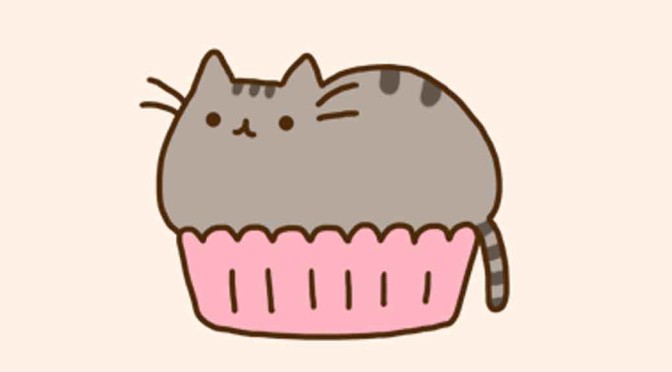Plastic bags are terrible things. They choke animals, aren’t easy to recycle, do not break down, pollute our oceans, their production adds to our oil demands…and the list goes on. Some time back, we realized their ill effects and started taking steps that would encourage people to use bags made of alternative materials. Furthermore, several cities all over the world have banned the use of plastic bags.
Side Note: Interestingly, plastic bags aren’t actually banned for any of those reasons. They are banned because they tend to fly with the wind and move out of your trash fairly easily. They create a mess at places where they aren’t supposed to. That is the major reason as to why they are being banned.
In 2007, San Francisco banned plastic bags for supermarkets and pharmacies. Last year, it got expanded to all retail stores. Now, they have been banned for restaurant takeaways too. Also, the use of plastic bags at retail stores has been banned in several Indian cities. But the point isn’t to list out all the cities where it has been banned. There are many cities. I hope you get the idea…
When it comes to finding an alternative for plastic bags, paper bags seem to be the first choice. But it turns out, paper bags are not better than plastic bags. Most of us underestimate their ill effects. Here are a few reasons that will make you realize why paper bags are not so good:
The point isn’t to make paper bags look bad or to make plastic look good or vice versa. It is to dispel the image of “the green paper bag” from our minds.
Reasons
Production: Production of paper bags all over the world involves cutting down 14 million trees every year. It is estimated that the production of paper bags creates 70 % more air pollution than plastic bag production.
Production of paper bags also results in much more water getting polluted when compared to the production of plastic bags. This is because their manufacturing process requires a lot of water.
Almost the same amount of petroleum used for plastic bags (for the material) gets consumed in making of paper bags to fuel the machines plus transportation.
Weight: Paper weighs a lot more than plastic. It is estimated that to carry the same number of paper bags it takes 7 times the transportation it takes to haul plastic bags. More trucks, more pollution, greater greenhouse impact.
Space: Paper bags occupy a lot more space than plastic bags do. This creates a problem at landfills that are getting filled to the brim already.
Recycling: Paper bag activists would say, plastic bags live for ever in the landfills. Yes they do, but there, paper bags do not decompose within a meaningful time period either. In fact, most of the stuff lives on for a long time in landfills. Landfills aren’t meant to make things degrade. With a paucity of oxygen and water in landfills, it is hard for things to decompose there. Even food items thrown away at landfills last for years.
That said, even plastic bags are almost never recycled.
Also they tear easily. As a result, more number of paper bags have to be used.
Solution
Both of them – plastic and paper bags – are equally bad. Recently developed biodegradable plastic bags are not any good either (they have a bigger carbon footprint). Carrying canvas, cloth or jute bags and saving them for future use is probably the best alternative.
If you liked this, you’ll probably also like – Understanding the Impending Helium Crisis







